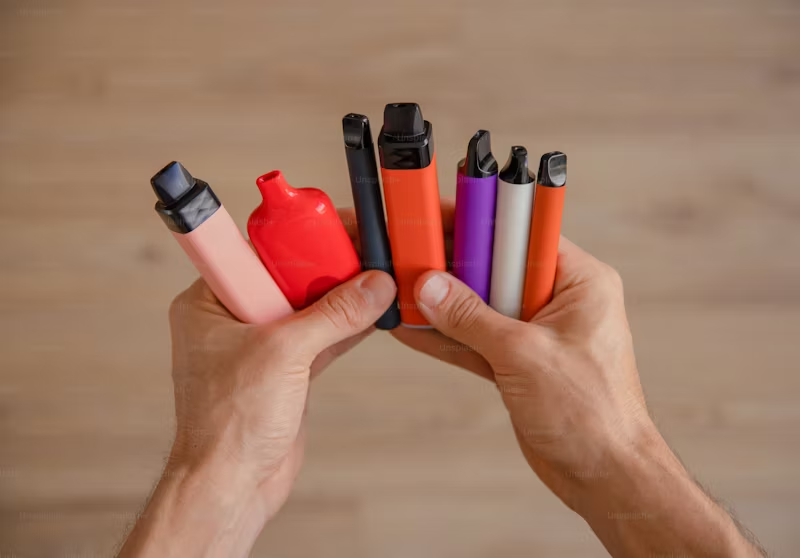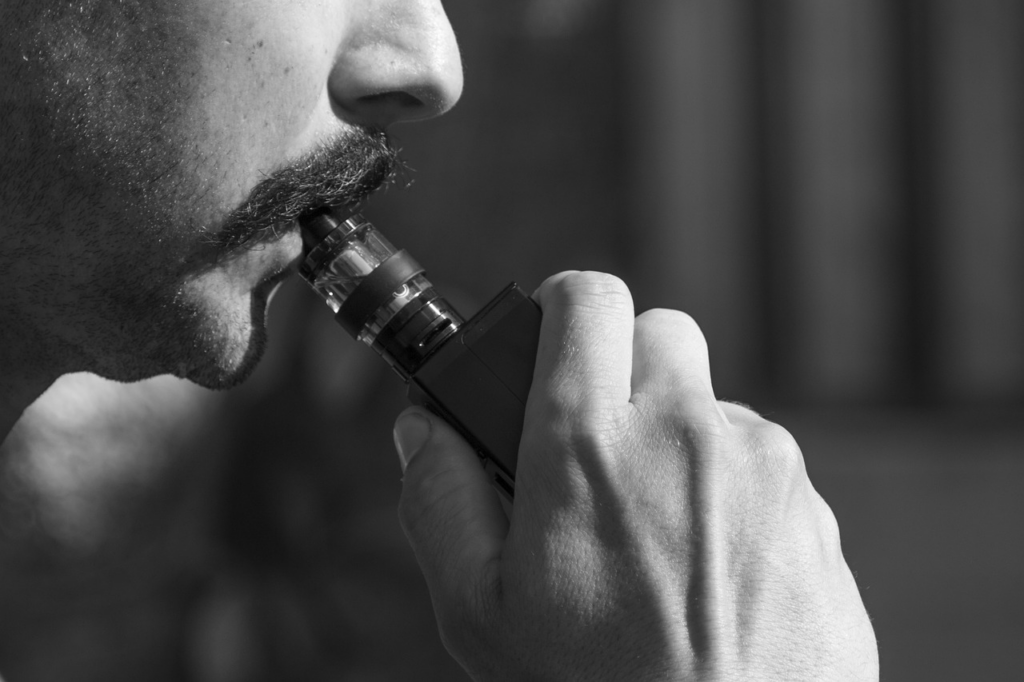How Vaping Affects Your Lungs
Your lungs have a built-in defense system, consisting of tiny hair-like structures called cilia that help remove bacteria and debris from your airways. However, vaping can “paralyze” these cilia, leaving your lungs vulnerable to infections and other illnesses. The effect of vaping on the cilia can last for weeks, further weakening the lungs and making it harder for your body to fight off harmful pathogens.
In addition to the paralyzed cilia, the toxic chemicals inhaled during vaping can cause inflammation in the lungs, further impairing their ability to function effectively.
The Risk of EVALI (Vaping-Related Lung Injury)

In 2019, the term EVALI—which stands for E-Cigarette or Vaping Associated Lung Injury—began making headlines after thousands of cases were reported in the United States, some of which were fatal. EVALI cases were largely linked to black-market THC cartridges containing vitamin E acetate, a substance that severely damages the lungs when inhaled.
However, EVALI serves as a broader warning about the dangers of vaping in general. Even legally sold vape liquids, often marketed as “safe,” can lead to lung inflammation and permanent damage. The unpredictability of what’s in vape cartridges makes every puff a potential risk.
The Hidden Dangers of Vape Cartridges
Vapes contain more than just liquid nicotine. Inside each device, there are various components, including lithium batteries, plastic parts, and heating elements. These materials not only pose potential hazards to the user but also create environmental risks when improperly disposed of. Most vapes end up in landfills, adding to the growing problem of electronic waste and posing threats to wildlife and ecosystems.
The lack of proper recycling or disposal options means that vaping is not only a threat to human health but also to the environment, creating a dual-layered danger that many overlook.
Dangerous Additives and Drug Contaminants

Another alarming issue is the growing presence of illicit substances in unregulated vape products. Recently, five teenagers in London were hospitalized after vaping liquids laced with “spice,” a dangerous synthetic drug that can cause hallucinations, seizures, and long-term health problems. This incident underscores the importance of knowing what’s inside the vape liquids you’re using, as unverified products could contain dangerous additives or contaminants.
Vaping from untrusted sources increases the risk of inhaling substances that can cause significant harm, both mentally and physically.
Why Quitting Vaping is Essential

The dangers of vaping have become increasingly clear, and quitting is essential for protecting your long-term health. While nicotine withdrawal can cause irritability, anxiety, and insomnia, there are numerous resources available to help you quit. Nicotine replacement therapies, counseling, and support groups can all offer guidance and help break the cycle of addiction.
By quitting vaping, you can reduce your risk of lung damage, heart disease, and other health complications. The sooner you stop, the sooner your lungs can begin to recover.
Conclusion
While vaping was initially promoted as a safer alternative to smoking, the evidence now paints a much more dangerous picture. From the harmful chemicals in every puff to the risk of long-term lung disease and even the presence of illicit substances, vaping is far from harmless. The shocking simulation of what happens to your body when you inhale vape smoke highlights just how serious the health risks can be.
If you or someone you know vapes, it’s crucial to consider the long-term consequences. Quitting vaping now can help safeguard your health and reduce the chances of irreversible damage to your lungs and overall well-being.



